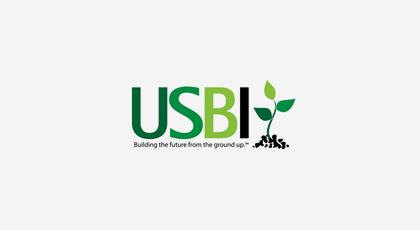RACING TOWARD NET-ZERO EMISSIONS WITH BIOCHAR-BASED SOLUTIONS
By Tom Miles, Executive Director
With the support of our community, biochar can propel us toward feeding 9 billion people and reaching net-zero emissions by 2050.
Every day, USBI helps make connections, provides technical and market information, and helps people benefit from biochar. We answer your requests about topics ranging from waste management to producing healthy food, reducing the risk of wildfire, cleaning soil and water, to accessing climate markets which use biochar to cool the planet.
Last week, we welcomed new and prospective producers, advised growers on making and using biochar, and discussed standards and methods with an International Standards Organization (ISO) committee. We also discussed pathways to market for sequestering carbon in roads, improving animal health and productivity in feeds, and managing nutrients in manures and biosolids. In this month's profile, you'll also learn about biochar applications that Minnesota geo-hydrologist, Jim Doten, is using with urban architects, planners, and civil engineers.
Next week, we will explore opportunities for biochar as a coproduct of biomass energy with the US Department of Energy and biomass biofuel and power producers. We will also introduce our Biochar Policy Task Force recommendations (See below.) to agencies and legislative committees and show how they support President Biden’s executive order on climate.
As a new USBI service, Jeff Waldon will host a monthly biochar roundtable to discuss key issues that are important to you as biochar producers and users. We look forward to your participation (See below.).
Whatever your role in the biochar community, you should add your company to the USBI Directory of suppliers and manufacturers, suggest topics for our monthly roundtables, and support USBI so that we can continue to find biochar-based solutions to our food and climate challenges.

